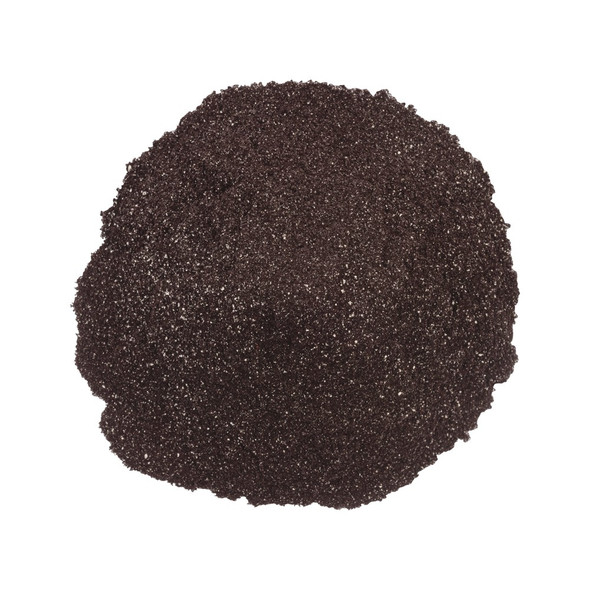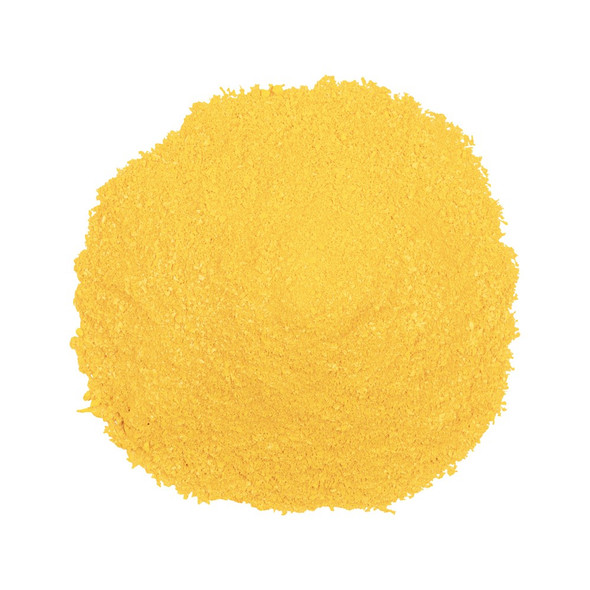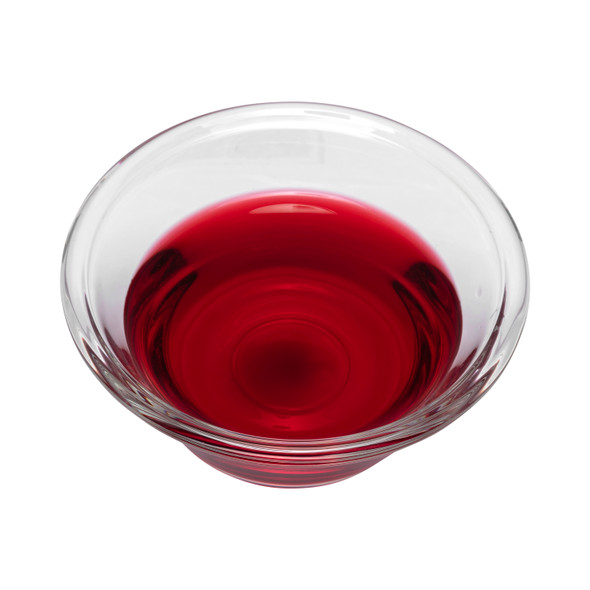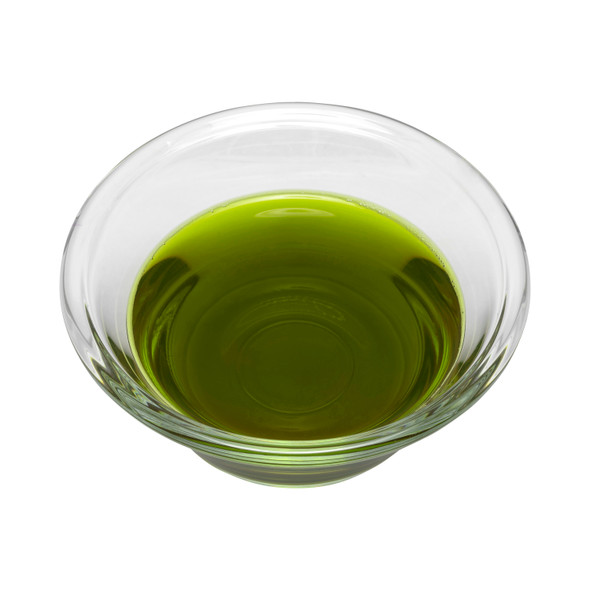Food Coloring
-
On Sale


FD&C Food Color, Blue#1
OliveNation
Now: $8.99Was: $16.99Blue #1 Food Coloring Powder - Brilliant Blue FCF Granules for Bright Food ColorsWater Soluble Coloring FDA Approved for Use in FoodAdds Brilliant Blue Shades to Baked Goods, Beverages, ConfectionsIdeal for Commercial Use in Cereal, Prepared Baking &...Now: $8.99Was: $16.99 -
On Sale


FD&C Food Color, Red #3
OliveNation
Now: $20.99Was: $40.99FD&C Red #3 Granular Powder - Bright, Bold Red Food Coloring for Baking & BeveragesWater Soluble Granulated Powder Approved by FDA for Food UseCreates Shades from Pink to Bright RedPerfect for Baked Goods, Confectionery, Frozen DessertsUp to 72-Month...Now: $20.99Was: $40.99 -
On Sale


Natural Powdered Food Color, Blue (Spirulina)
OliveNation
Now: $158.99Was: $226.99Blue Natural Food Coloring Powder for Home or Commercial ApplicationsAll Natural Coloring Made of Spirulina, Trehalose & Sodium CitratepH 3.0 < Most Stable at pH 3.75 < pH 7NOT Heat Stable - Ideal for Coloring Edible Decor, Mixes, BeveragesAll-Natural,...Now: $158.99Was: $226.99 -
On Sale


Natural Powdered Food Color, Brown (Carrot)
OliveNation
Now: $16.99Was: $23.99Brown Natural Food Coloring Powder - Concentrated Color for Clean Label Food & Beverage ApplicationsClean Label Ingredient Made from Purple/Black Carrot & Citric AcidSuperior Heat Stability & Consistency Across All pH RangesIdeal for Coloring Baked...Now: $16.99Was: $23.99 -
On Sale


Natural Powdered Food Color, Dark Purple (Butterfly Pea)
OliveNation
Now: $114.99Was: $163.99Dark Purple Natural Food Coloring PowderSingle Ingredient: Butterfly Pea Flower ExtractpH 2.0 < Dark Purple < pH 5.0 < Blue < pH 6.0 < Dark Blue < pH 7.0Ideal for Coloring Edible Decor, Mixes, BeveragesAll-Natural, Non-GMO, Gluten Free, Vegan, Kosher,...Now: $114.99Was: $163.99 -
On Sale


Natural Powdered Food Color, Dark Red (Carrot)
OliveNation
Now: $26.99Was: $37.99Dark Red Natural Food Coloring Powder - All Natural Red 40 AlternativeClean Label Ingredient Made from Purple/Black Carrot & AcidpH-Based Color Range: pH 2.0 - Dark Red < pH 4.0 - Purple < pH 7.0 - Dark PurpleIdeal for Edible Decorations, Beverages,...Now: $26.99Was: $37.99 -
On Sale


Natural Powdered Food Color, Orange (Radish/Turmeric)
OliveNation
Now: $39.99Was: $55.99Orange Natural Food Coloring Powder for Bold Colored Baked Goods, Beverages, ConfectionsMade using Red Radish & Turmeric for Plant-Based Natural ColorColor Stability: pH 2.0 < Most Stable @ pH 4.5 < pH 7Ideal for Coloring Baked Goods, Edible Decor,...Now: $39.99Was: $55.99 -
On Sale


Natural Powdered Food Color, Pink Purple (Sweet Potato)
OliveNation
Now: $46.99Was: $66.99Pink to Purple Natural Food Coloring Powder for Clean-Label Desserts, Decoration, BeveragesAll-Natural Clean-Label Ingredients: Purple Sweet Potato & Citric AcidpH-Based Color Range: pH 2.0 Bright Pink < pH 7.0 PurpleIdeal for Edible Decorations,...Now: $46.99Was: $66.99 -
On Sale


Natural Powdered Food Color, Red (Radish)
OliveNation
Now: $65.99Was: $93.99Bright Red Natural Food Coloring Powder without Artificial IngredientsAll-Natural, Carrier-Free Clean Label Ingredients: Red Radish and Citric AcidpH-Based Color Range: pH 2.0 Bright Red < pH 7.0 FuchsiaIdeal for Edible Decorations, Beverages, Mixes,...Now: $65.99Was: $93.99 -
On Sale


Natural Powdered Food Color, Yellow (Turmeric)
OliveNation
Now: $34.99Was: $48.99Yellow Natural Food Coloring Powder for Decorating, Baking, Beverages, Dry MixesMade using Turmeric for Plant-Based Natural ColorSuperior Heat Stability & Consistency Across All pH RangesIdeal for Coloring Baked Goods, Edible Decor, Beverages, Dairy...Now: $34.99Was: $48.99 -


Natural Food Coloring, Beet Red
OliveNation
$12.99Beet Red Natural Food Coloring for Low/No-Heat ApplicationsPlant-Based Liquid Color from Beet Juice ConcentrateAdds Red-Purple Hue to Foods without Using Artificial DyesWill Not Add Taste or Aroma to DishesBest for No-Bake Applications Our Natural Food...$12.99 -


Natural Food Coloring, Blue (Spirulina)
OliveNation
$28.99Natural Blue Food Dye for Coloring Ice Cream, Frosting, Fillings, IcingMade Using Spirulina Extract with No Artificial ColorsCreates Beautiful Blue Shades for Icing, Frosting & MoreIdeal for No-Bake, No-Heat or Frozen ApplicationsWater-Soluble Liquid...$28.99 -


Natural Food Coloring, Brown (Tea Extract)
OliveNation
$10.99Brown Food Coloring for Muted, Pastel-Like Color ShadesNatural Formulation uses Tea Extract to Create Neutral Brown ColorContains No Artificial Dyes or Coloring AgentsAroma-Free and TastelessIdeal for Cold-Process or No Bake Applications Use our...$10.99 -


Natural Food Coloring, Dark Red
OliveNation
$34.99Natural Red Food Coloring for No-Bake or Low-Temp ApplicationsNaturally Deep Red Color from Vegetable JuicesContains No Artificial or Synthetic DyesAdds Rich, Earthy Tone to Icing, Frosting, Ice Creams & MoreFlavorless and Aroma-Free Our Natural Food...$34.99 -
On Sale


Natural Food Coloring, Egg Shade (Annatto/Turmeric)
OliveNation
Now: $7.99Was: $9.99Egg Shade Food Coloring | Bulk Yellow-Orange Natural Food DyeNaturally Vibrant Plant-Based Color from Annatto & TurmericContains No Artificial or Synthetic DyesCreates Yellow/Orange Shades in Icing, Frosting, Ice Creams & MoreBest for No-Bake...Now: $7.99Was: $9.99 -


Natural Food Coloring, Green (Spirulina/Turmeric)
OliveNation
$30.99Natural Green Food Coloring for Cold Process and No Bake ApplicationsSpirulina & Turmeric Based Formula is Tasteless and Odor-FreeIdeal for Creating Pastel, Muted, and Earthy Green HuesWater Soluble Ingredient Perfect for Cold-Process ApplicationsNo...$30.99 -
On Sale


Natural Food Coloring, Orange (Beta Carotene)
OliveNation
Now: $23.99Was: $29.99Natural Orange Food Coloring - Water Soluble Food Dye for Icing, Frosting, Fillings, Frozen DessertsNatural Food Dye uses Beta Carotene for Orange HuesWater Based Liquid Contains No Artificial DyesIdeal for Creating Pastel, Muted, and Earthy Orange...Now: $23.99Was: $29.99 -
On Sale


Natural Food Coloring, Pink (Beet)
OliveNation
Now: $8.99Was: $10.99Pink Food Dye for Coloring No-Bake or Low-Temp ProductsNaturally Vibrant Plant-Based Color from Beet JuiceContains No Artificial or Synthetic DyesCreates Pink Shades in Icing, Frosting, Ice Creams & MoreBest for No-Bake Applications, Low-Heat Baking or...Now: $8.99Was: $10.99 -
On Sale


Natural Food Coloring, Purple (Red Grape)
OliveNation
Now: $11.99Was: $13.99Purple Natural Food Coloring for Low Temp, No Heat ApplicationsMade using only Glycerin & Red Grape Juice ConcentrateAdds Purple Shades to Foods without Using Artificial DyesIdeal for Creating Pastel, Muted, and Earthy Purple ShadesGreat for Ice Cream,...Now: $11.99Was: $13.99 -
On Sale

Natural Powdered Food Color, Purple (Carrot)
OliveNation
Now: $30.99Was: $43.99Purple Natural Food Coloring Powder - Deep Red to Deep Purple Based on pHClean Label Ingredient Made from Purple/Black Carrot & Citric AcidpH-Based Color Range: pH 2.0 - Dark Red < pH 4.0 - Purple < pH 7.0 - Dark PurpleIdeal for Edible Decorations,...Now: $30.99Was: $43.99 -


Natural Food Coloring, Yellow (Turmeric)
OliveNation
$12.99Natural Yellow Food Coloring - Water Soluble Liquid for Vibrant Color to Icing, Frosting & MoreTurmeric-Based Formula adds Yellow Color to Low-Heat and No-Bake DishesWater Based Liquid Contains No Artificial DyesNo Aroma or TasteGreat for Ice Cream,...$12.99
Plant-Based Food Coloring for Cooking, Baking, and Brewing
OliveNation offers a wide selection of food coloring for home and commercial baking, cooking, brewing, and beverage applications. Our water-soluble colors can be used alone or combined to create the perfect shades and hues, including Ombre effects. Concentrated liquid food coloring is perfect for creating consistent coloration. Product consistency is supremely important in commercial applications, and our easy to measure water-based dyes make it simple to replicate colors from batch to batch. Made using natural ingredients, including fruits, vegetables, and plants, our liquid food colors for baking are great for creating eye-catching cakes, cookies, icing, and frozen treats. For commercial applications, these plant-based food dyes are vegan-friendly and perfect for clean label product packaging. Because we "eat with our eyes," these coloring liquids can be used in both sweet and savory recipes and dishes.
Where can liquid food color be used?
- Baked Goods: Cake and cookie batters, bread dough, pancakes, cookies
- Icing and Decoration: Royal icing, sugar glazes, frosting, buttercream, whipped toppings, decorating sugars
- Fillings and Confectionery: Fruit fillings, sugar or candy shells, jelly and gummy candies, boiled candy and lollipops
- Frozen Desserts and Dairy: Ice cream, yogurt, non-dairy desserts, ices, dairy beverages, cheese
- Brews and Beverages: Blended drinks, smoothies, ready-to-drink beverages, alcopops, craft beers, liquors
- Savory: Pasta and noodles, relish, sauces, processed meat, plant-based meat products
Food Coloring Impacts Taste
It's no secret that food color is an important factor for enjoyment, but food color science goes well beyond certain colors having certain flavor associations and expectations. In fact, experiments have shown that food (or beverage) color can actually impact how people perceive taste! Multiple studies have been done over the years that decisively demonstrate how color significantly impacts flavor perception, particularly regarding how strong or "intense" a taste is perceived to be. What color a dish or drink is has also been found to influence aroma perception, in that more deeply colored foods are perceived as having a more intense, better aroma than foods with less color. Our liquid food colors are one of many ways to add color elements to dishes. Other methods, such as freeze-dried powdered fruit, can add both color and flavor.
How to Use Food Coloring
Food colorants come in a variety of forms: liquid, gel, paste, and powder. Which type to use depends to a great extent on what is being made. Commercial cake mixes require powdered coloring, while a home baker might choose liquid color when baking from scratch. Powdered Food Colorants are best in recipes where the amount of liquid must be controlled. This form can also do double duty as a decorative dusting powder. Paste Coloring has a thick texture and concentrated shade that makes it ideal for creating bold, bright colors. This form is easy to mix into wet ingredients such as batters, icing, and ice cream base. Gel Food Color is sometimes called "Liquid Gel" as it has a more liquid texture than paste or regular gel formulations. They can be used with wet or dry ingredients, as well as for decorating. Liquid Food Dyes offer a wide variety of shades, depending on their makeup. Bold, bright colors made from artificial or synthetic ingredients can create eye-popping foods, icing, and frosting in vibrant and even neon shades. Liquid color from plant-based or natural ingredients is better for creating more subtle, pastel, or earthy shades, as well as for clean-label or more health-conscious applications. For more in-depth information on using our plant-based liquid colors, see our article on working with natural liquid food colors.
What is the Difference Between Artificial & Natural Food Colorings?
As interest in healthy eating and "better-for-you" food products grows, people are becoming increasingly aware of synthetic or artificial ingredients. The exponential growth of the "Clean Label" movement means that businesses in the food, beverage, confectionary, and even pharmaceutical and cosmetic industries have had to rethink and reimagine recipes and formulations in order to provide customers and consumers with the healthier, more natural options they desire. Home and professional bakers and cooks alike need to understand the differences when working with natural food coloring as opposed to artificial colors in order to achieve the desired results.
- Colors derived from natural ingredients are generally more expensive than synthetic versions for cost-in-use. This is primarily due to the costs associated with the color extraction process and packaging required to preserve effectiveness. Specific ingredients can vary widely in costs. Spirulina, for example, which is used to create more vivid blues and greens, requires a complicated process to extract its color while preserving the nutritional and health benefits associated with the many vitamins and minerals it contains. This results in a more expensive final food coloring, while shades like reds and browns are often less costly due to coming from more accessible sources.
- Artificial colorants impart more vibrant, bold colors than plant-based dyes. They can even be used to create vivid, almost neon shades. However, hues created with natural colorants can be strong and eye-catching, depending on the pH of the other ingredients used and exposure to heat and light.
- Improvements in extraction, processing, and manufacturing techniques mean that natural colors are just as consistent batch-to-batch as synthetics. Ease of measurement and product shelf life allow home and professional bakers and cooks to create products and recipes with consistent, dependable coloration without shade variability.
- Final colors produced by both synthetic and plant-based dyes can require experimentation to reach desired shades. Unlike artificial colorants, however, natural food colorings are strongly influenced by the chemical composition — particularly the acidity — of ingredients as well as by heat, light, and cooking temperatures. When using naturally-derived food coloring, many bakers find that recipes themselves may need to be adjusted somewhat to attain the exact pH levels necessary to produce desired colors in the final product.

